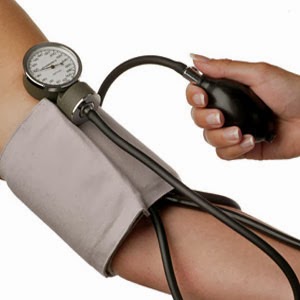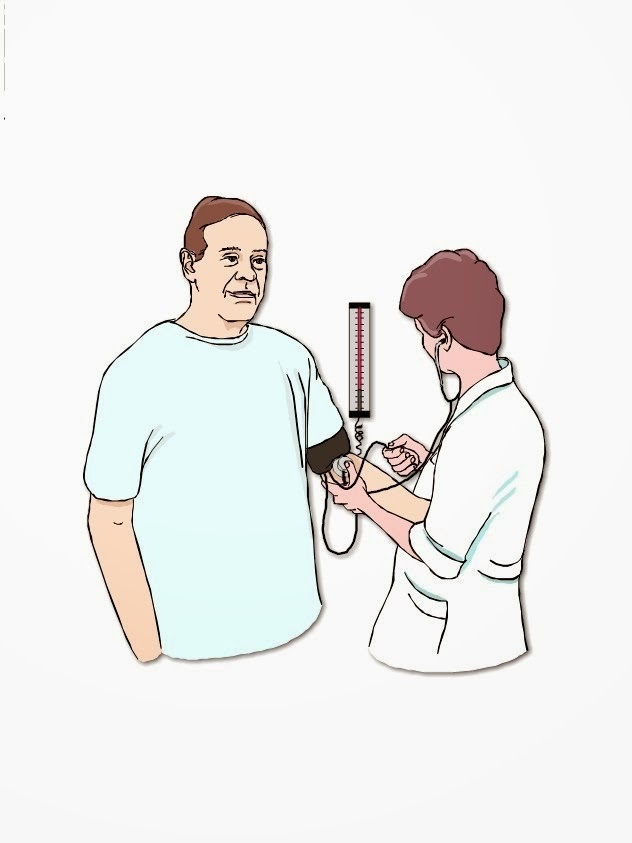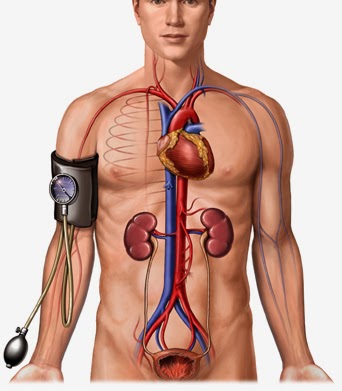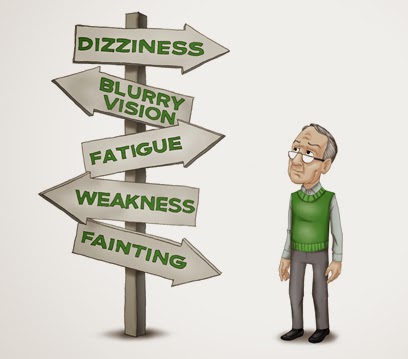It is characterized by readings of 100/70 to 69 or below. Some of the many factors which cause low blood pressure are nerve disorders, drug use and poor diet. Boosting the blood pressure with herbs and natural remedies is very easy and simple. All you need is a 30-day program.
Dietary changes
1. The first thing you should do is stop consuming fried foods like caffeine, foods high in cholesterol and larger amounts of red meat. All of these can slow down your adrenal system and make other systems slow down.
2. Thirty minutes before having a breakfast, drink spring water with a squeezed lemon into a 12-ounce glass. Except for being a great tonic, the lemon also hypes the liver, helping you digest the foods in order to energize the body.
3. ¼ cup of oatmeal in the morning is great for you and your body since it’s a great source of carbohydrates and at the same time it’s very inexpensive. The carbohydrates are vital for energy and proper blood flow. However, in case you don’t eat oatmeal, you can substitute it with foods such as grits, farina and whole grain cereal. You can also add banana for flavor. If your blood pressure is low, avoid eating sugar.
4. Have a potassium drink for 1 month when having a lunch. This drink is easily made by juicing 2 carrots, 4 cloves of garlic, 2 stalks of celery, 2 radishes and a little parsley. Another alternative is drinking 10 to 12 oz. juice of low-sodium vegetable. Since potassium is a very important electrolyte which the body needs, its deficiency is one of the main reasons for having a low blood pressure.
5. Eat a salad between lunch and dinner. Make sure the salad has onions, organic beef chunks, carrots, peas, broccoli and sea greens. They all have macrobiotic ingredients which help balance your hormones and other chemicals, while alkalizing your body.
6. For dinner, eat 1 cup of brown rice and 6 ounces of lean and chemical-free beef. Lean beef abounds with proteins, but be careful not to over-consume it. Brown rice is a wonderful detoxifier and a great source of carbohydrates. Since pineapple is high in bioflavonoids which boost the metabolism and is great for strengthening the blood vessels, we recommend a 12-ounce glass of pineapple juice with dinner.
7. Two cloves of garlic 1 hour before going to bed will help stabilizing your blood pressure. Furthermore, one cup of ginseng tea will boost your energy while sleeping.
Exercises
1. A chiropractic adjustment once a week will help you regulate your blood pressure.
2. Walking and breathing exercises will regulate your blood flow. Walk at least 20 minutes and do breathing exercises once a day.
3. Meditate! Meditation is an amazing way to relax and rest your body besides sleeping, so meditate 30 minutes a day and refill your body with energy.
Useful tips and warnings
- Be careful with your diet. It should consist of 70% complex carbohydrates, 20% protein and 10% fat.
- Water is very important so don’t forget to drink 8-10 glasses of water each day.
- Vitamin E is vital for a strong heart so take 100mg of it each day.
- Drink rose hips tea.
- For a good liver health, take 200mg of vitamin B complex each day.
- A healthy blood pressure is in the 120/80 range. Check yours often.
- Do not rely on this article without consulting a medical person.
- Do not take herbs without a medical advice.
- Keep away from cigarettes. They are bad for your health and drain your body from oxygen.
- In case you feel ill, see your doctor or call 911.



















